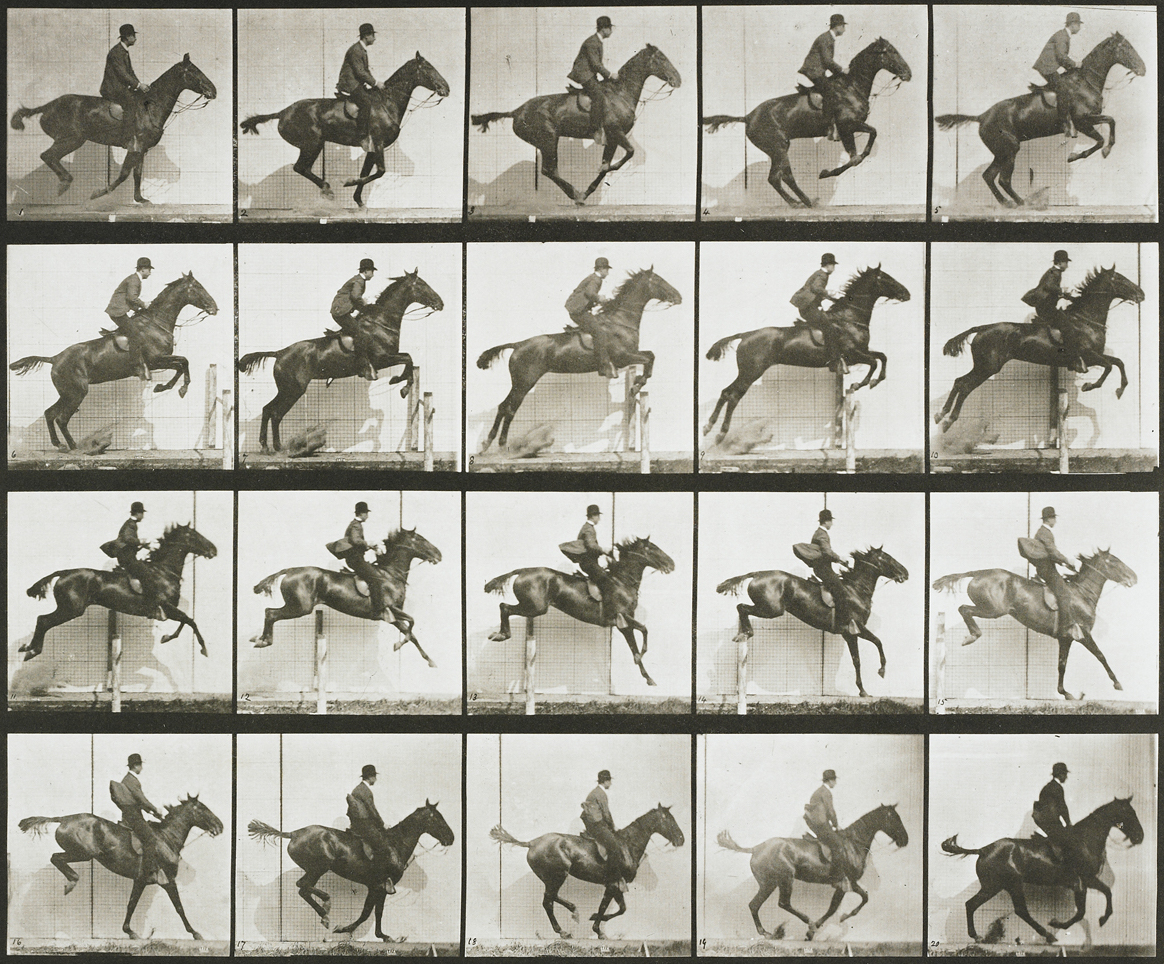| .. | ||
| 01.jpg | ||
| 02.jpg | ||
| 03.jpg | ||
| 04.jpg | ||
| hokusai.jpg | ||
| index.html | ||
| muybridge.jpg | ||
| README.md | ||
| texture-kaleidoscope.frag | ||
| texture-noise.frag | ||
| texture-resolution.frag | ||
| texture-sprite.frag | ||
| texture.frag | ||
Image processing
Textures
Graphic cards (GPUs) have special memory types for images. Usually on CPUs images are stores as arrays of bites but on GPUs store images as sampler2D which is more like a table (or matrix) of floating point vectors. More interestingly is that the values of this table of vectors are continously. That means that value between pixels are interpolated in a low level.
In order to use this feature we first need to upload the image from the CPU to the GPU, to then pass the id of the texture to the right uniform. All that happens outside the shader.
Once the texture is loaded and linked to a valid uniform sampler2D you can ask for specific color value at specific coordinates (formated on a vec2 variable) usin the texture2D() function which will return a color formated on a vec4 variable.
vec4 texture2D(sampler2D texture, vec2 coordinates)
Check the following code where we load Hokusai's Wave (1830) as uniform sampler2D u_tex0 and we call every pixel of it inside the billboard:
If you pay attention you will note that the coordinates for the texture are normalized! What a surprise right? Textures coordenates are consisten with the rest of the things we had saw and their coordenates are between 0.0 and 1.0 whitch match perfectly with the normalized space coordinates we have been using.
Now that you have seen how we load correctly a texture is time to experiment to discover what we can do with it, by trying:
- Scaling the previus texture by half.
- Rotating the previus texture 90 degrees.
- Hooking the mouse position to the coordenates to move it.
Why you should be excited about textures? Well first of all forget about the sad 255 values for channel, once your image is trasformed into a uniform sampler2D you have all the values between 0.0 and 1.0 (depending on what you set the precision to ). That's why shaders can make really beatiful post-processing effects.
Second, the vec2() means you can get values even between pixels. As we said before the textures are a continum. This means that if you set up your texture correctly you can ask for values all arround the surface of your image and the values will smoothly vary from pixel to pixel with no jumps!
Finnally, you can setup your image to repeat in the edges, so if you give values over or lower of the normalized 0.0 and 1.0, the values will wrap around starting over.
All this features makes your images more like an infinit spandex fabric. You can streach and shrinks your texture without noticing the grid of bites they originally where compose of or the ends of it. To experience this take a look to the following code where we distort a texture using the noise function we already made.
Texture resolution
Aboves examples play really well with squared images. Because both sides are equal they perfectly match our squared billboard. But for non-squared images things can be a little more tricky. We need to know the original proportions of the image to know how to streatch it correctly. Thats way the texture's original width and height is pass into the shader as an uniform. In our example framework will be a uniform vec2 with the same name of the texture pluss the world Resolution at the end of it.
Uncomment line 18 of the following example to scale correctly aboves image. Do you think you can centered?
This could seam simple but the posibilities of modifing textures coordinates is enormus. For example: sprite animations.
Now is your turn:
- Can you make a kaleidoscope using what we have learn?
In the next chapters we will learn how to do some image processing using shaders. You will note that finnaly the complexity of shader makes sense, because was in a big sense designed to do this type of process. We will start doing some image operations!

